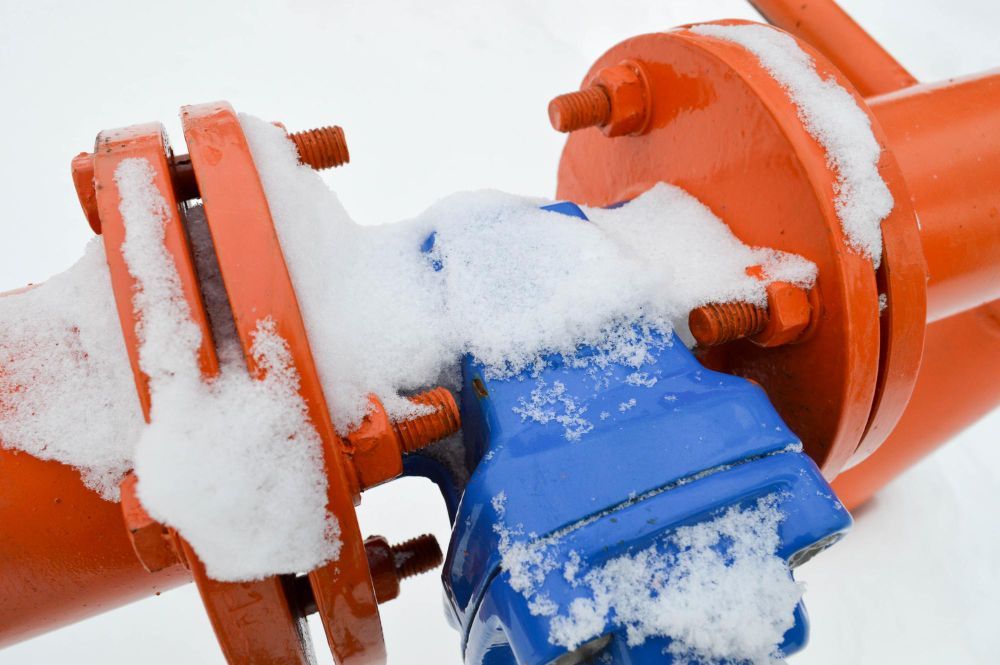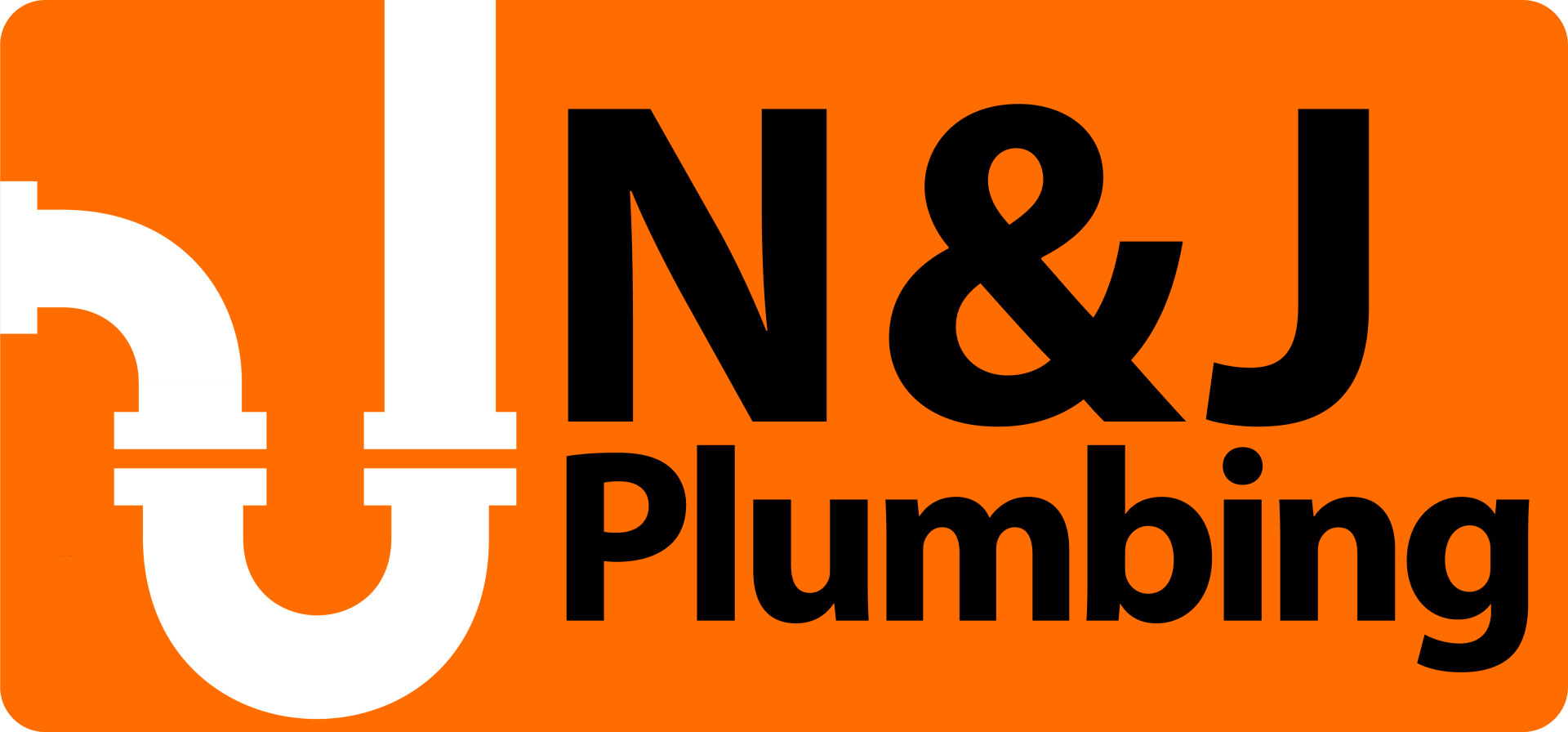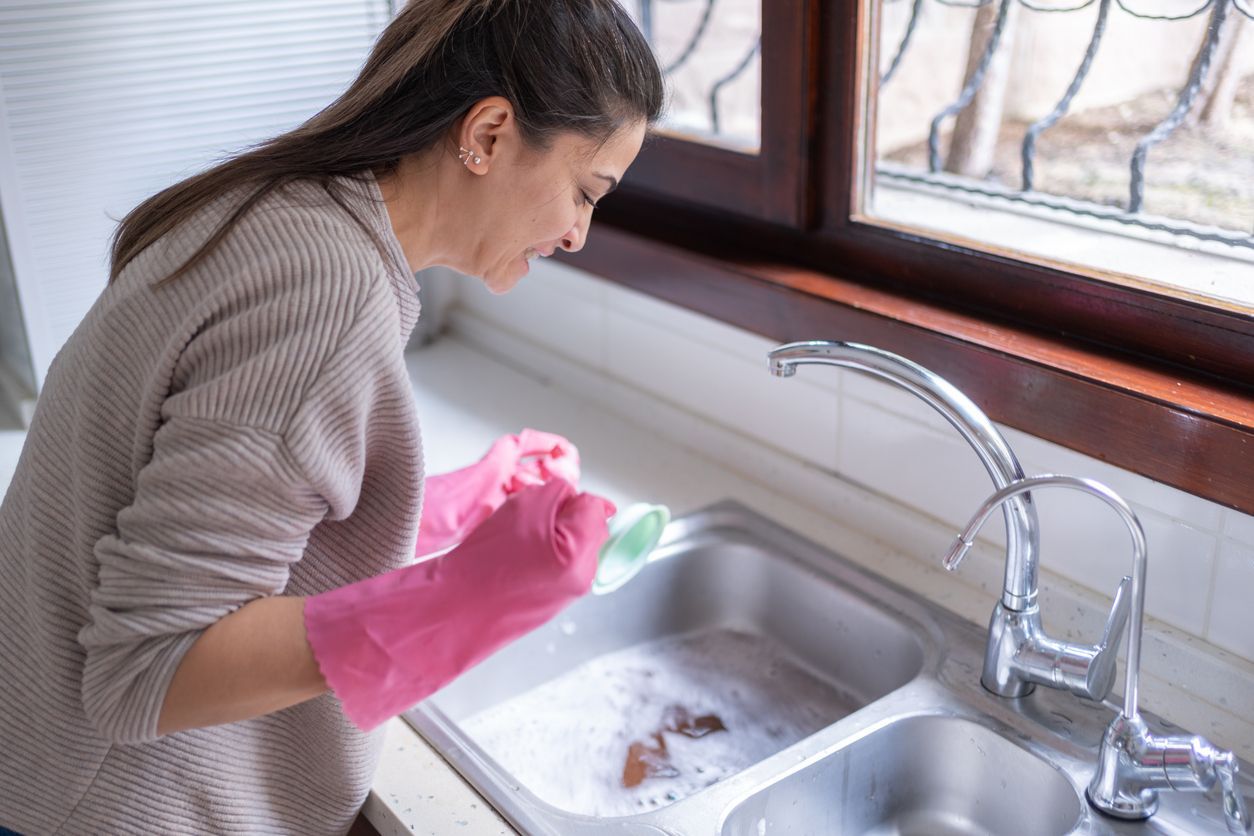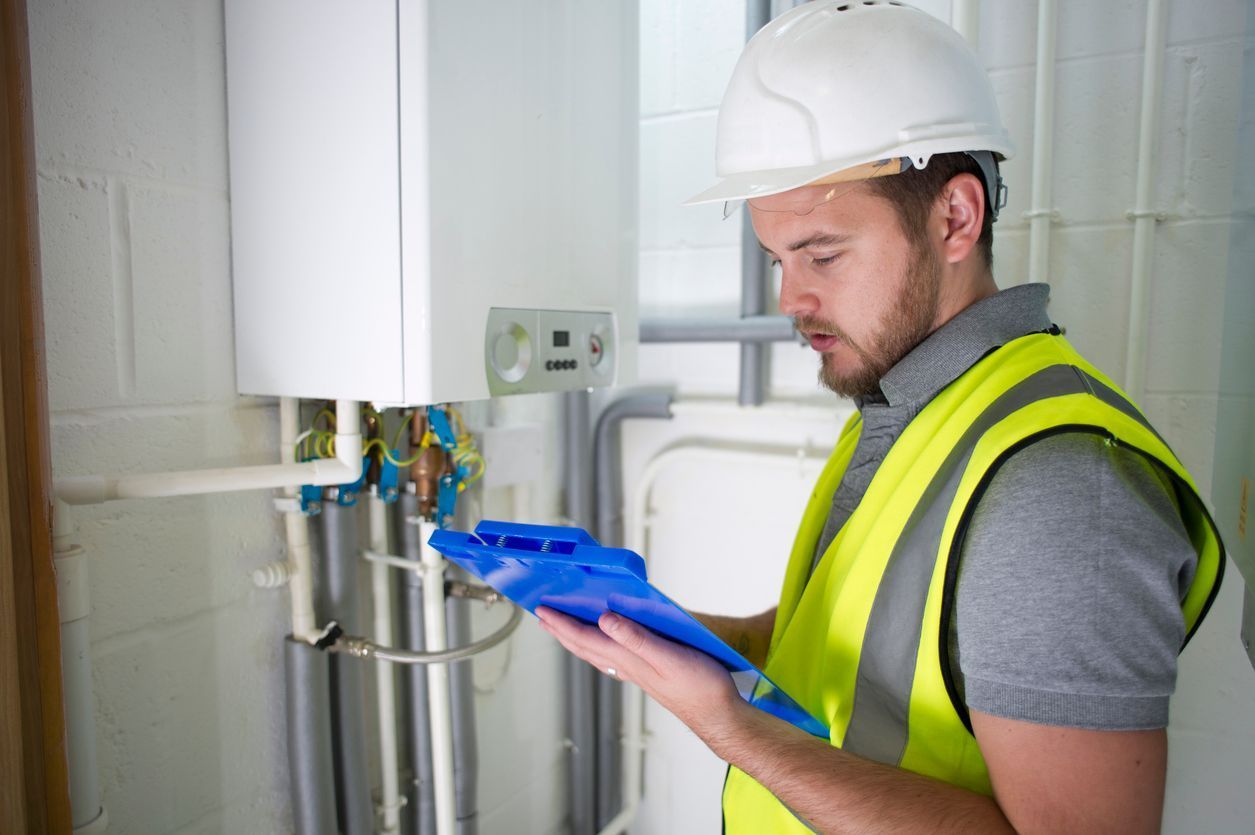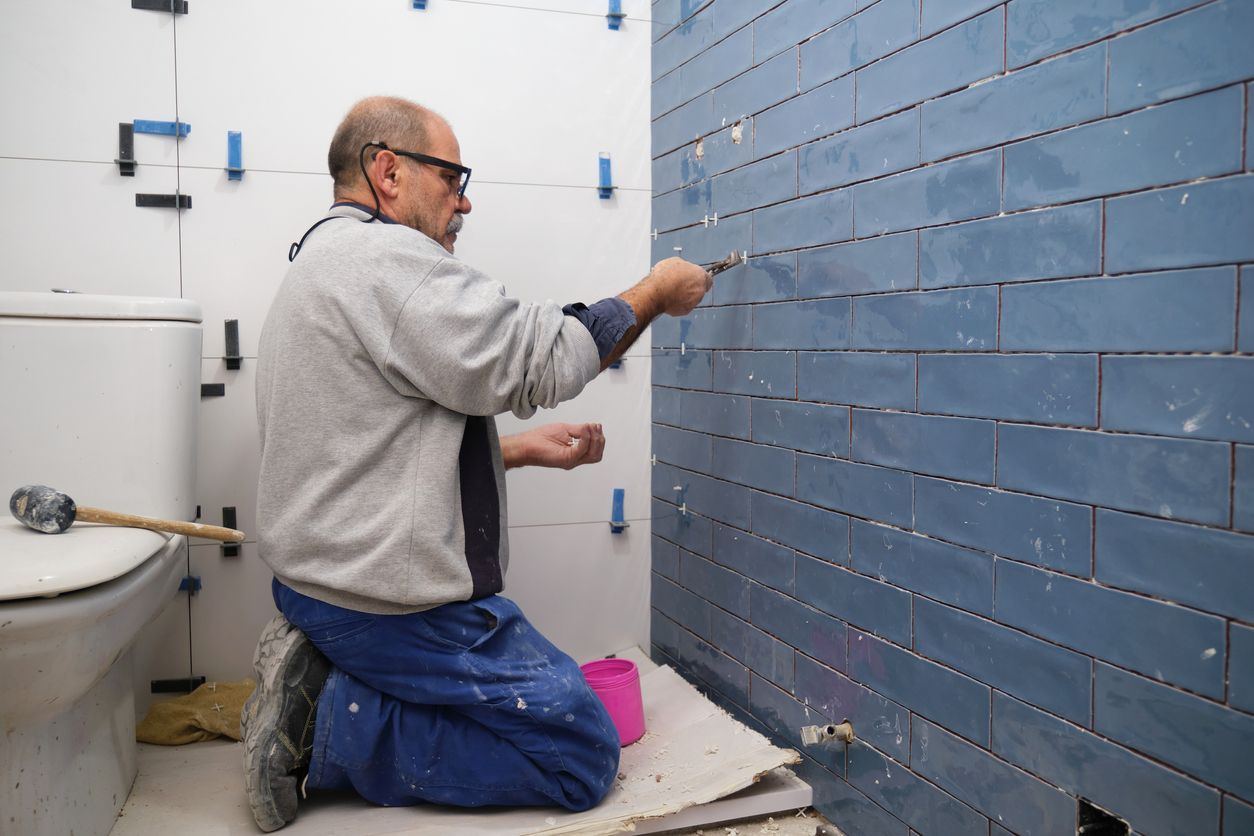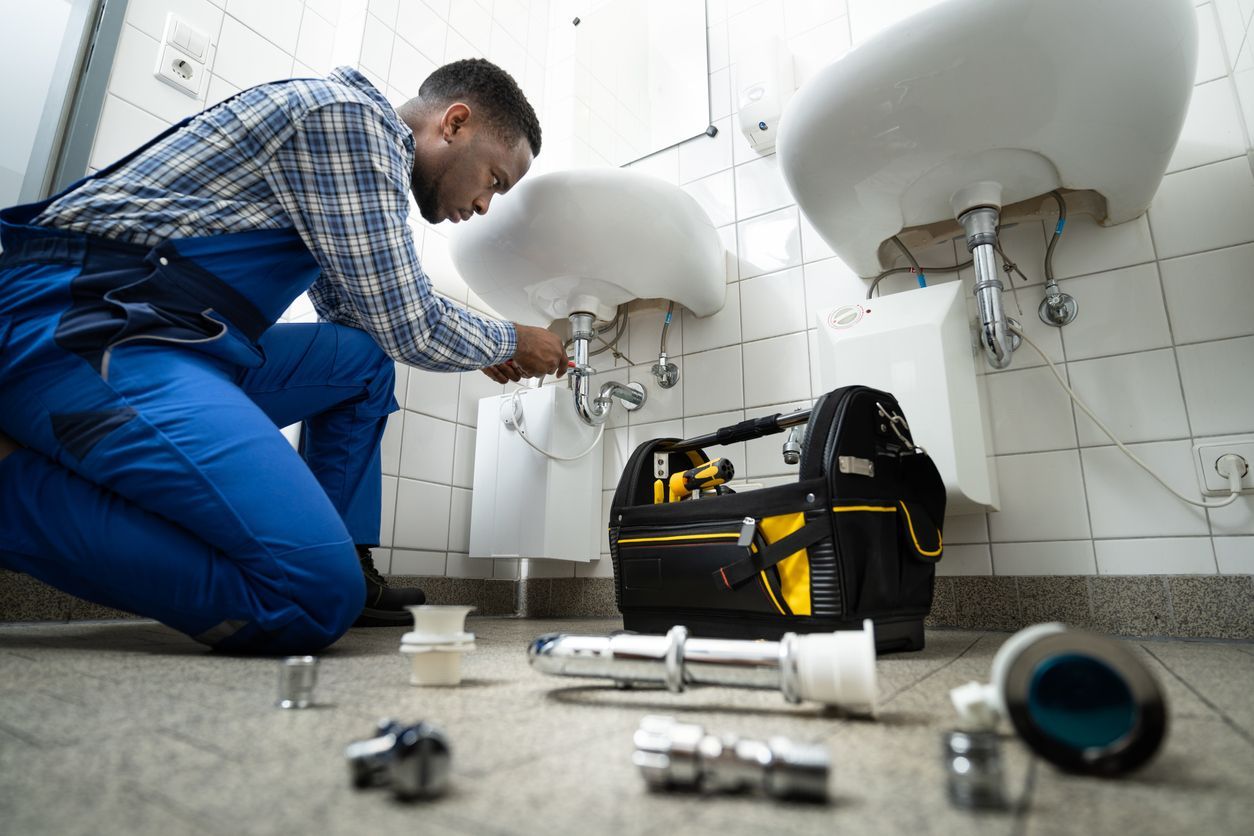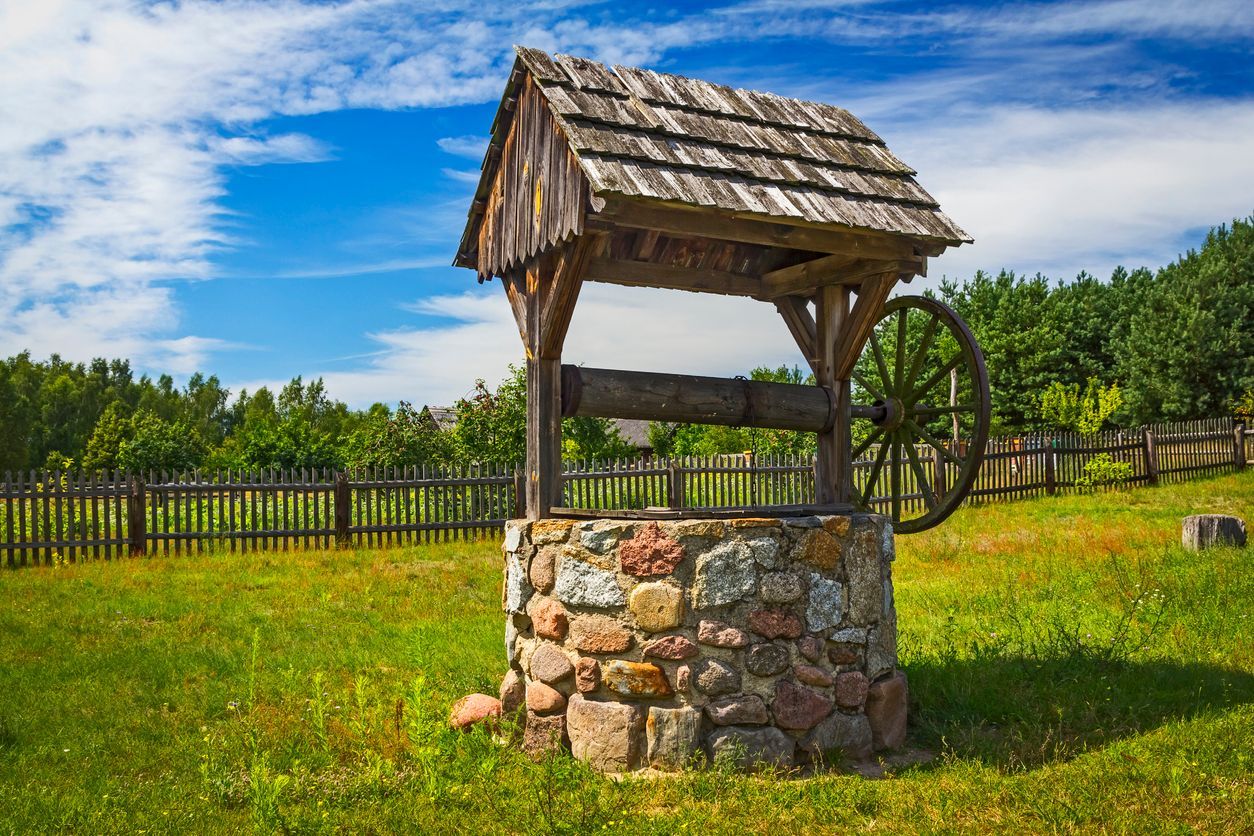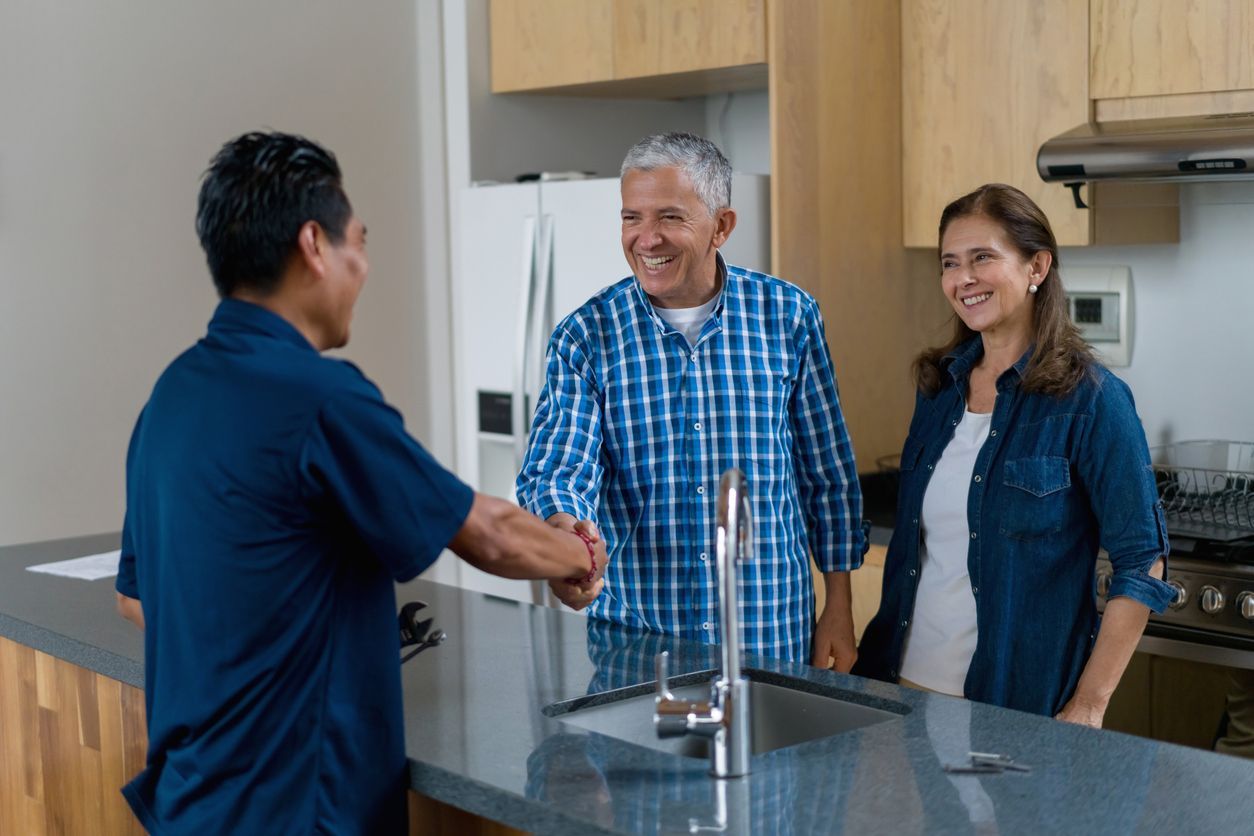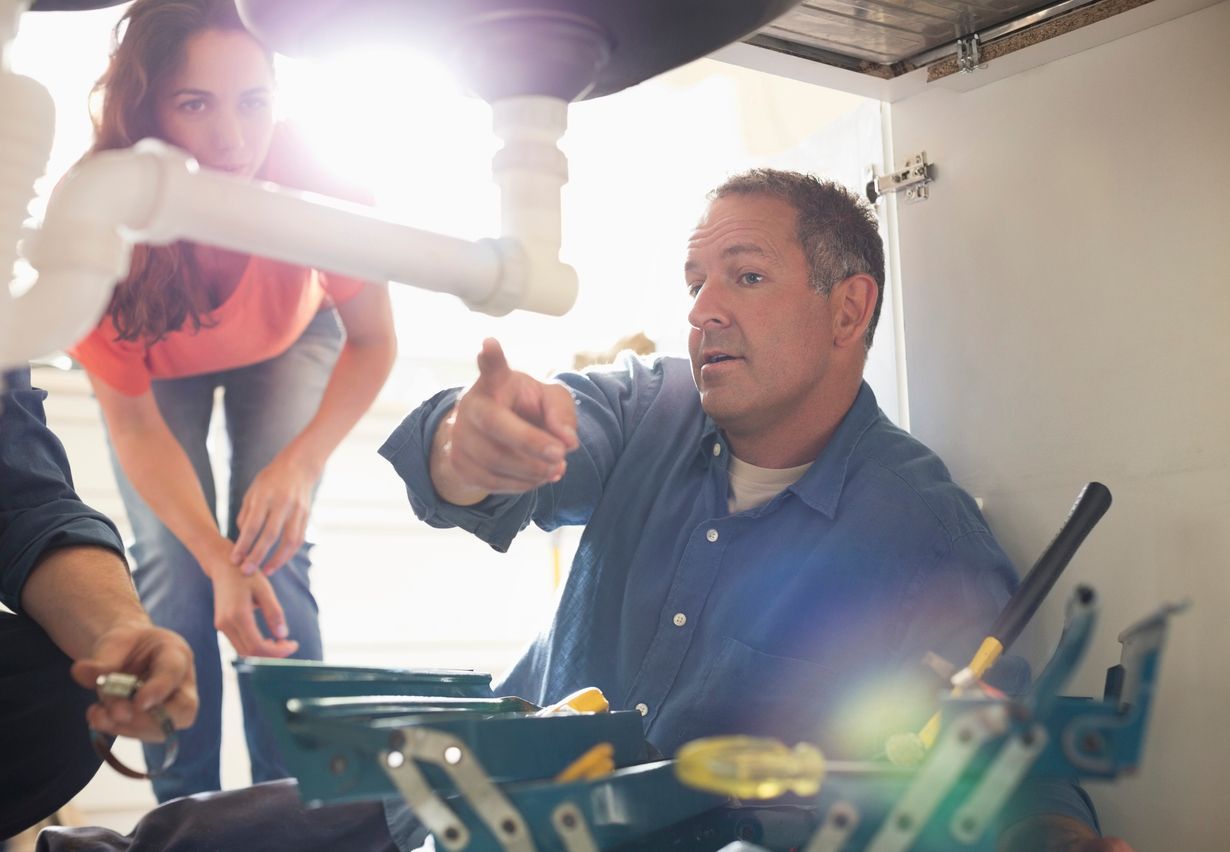Rough-in Plumbing: What Every Homeowner Needs to Know

As a homeowner, you may be familiar with the term "finish plumbing," which refers to the installation of visible plumbing fixtures such as sinks, toilets, and showers. However, what many homeowners may not be aware of is the equally critical rough-in plumbing phase, which takes place before the visible fixtures are installed. In this post, we'll discuss what every homeowner needs to know about plumbing rough-ins and why it's essential to work with licensed and experienced plumbing contractors during this critical phase of home construction.
Rough-in Plumbing vs. Finish Plumbing
Rough-in plumbing refers to the installation of plumbing pipes and components that will be concealed behind walls and floors. This includes the installation of pipes for water supply, wastewater drainage, and venting systems. Finish plumbing, on the other hand, refers to the installation of visible plumbing fixtures such as sinks, toilets, and showers.
Why Should Homeowners Care About Rough-in Plumbing?
While rough-in plumbing is not visible once construction is complete, it is critical for the proper functioning of a home's plumbing system. A poorly designed or installed rough-in plumbing system can lead to leaks, low water pressure, and sewage backups. It can also cause problems when installing finish plumbing fixtures, leading to additional expenses and headaches down the road.
Critical Considerations During Rough-in Plumbing
During the rough-in plumbing phase, there are several critical considerations that homeowners should be aware of. These include:
Proper Pipe Sizing
Plumbing pipes must be sized correctly to ensure adequate water flow and pressure throughout the home. If pipes are too small, they can cause low water pressure and flow issues, while oversized pipes can result in wasted water and higher energy costs.
Location of Plumbing Fixtures
The location of plumbing fixtures such as sinks, toilets, and showers must be carefully planned during the rough-in plumbing phase. This ensures that pipes and vents are installed in the correct location to avoid future problems.
Proper Venting
Proper venting is critical for the proper functioning of a home's plumbing system. Vents allow air to enter the pipes, which prevents airlocks and allows wastewater to flow freely. A poorly designed venting system can lead to sewage backups and unpleasant odors.
Why Work With Licensed and Experienced Plumbing Contractors
Given the critical nature of rough-in plumbing, it's essential to work with licensed and experienced plumbing contractors during this phase of home construction. Licensed contractors have the necessary training and expertise to ensure that rough-in plumbing is installed correctly, minimizing the risk of future plumbing problems. They also have access to the latest plumbing technologies and materials, which can improve the efficiency and longevity of a home's plumbing system.
To ensure that your home's rough-in plumbing is installed correctly, work with licensed and experienced plumbing contractors. If you're building a new home and need plumbing rough-in services, contact us at NJ Plumbing LLC to learn how we can help. For a look at our new construction work and rough-in services, visit us now.

